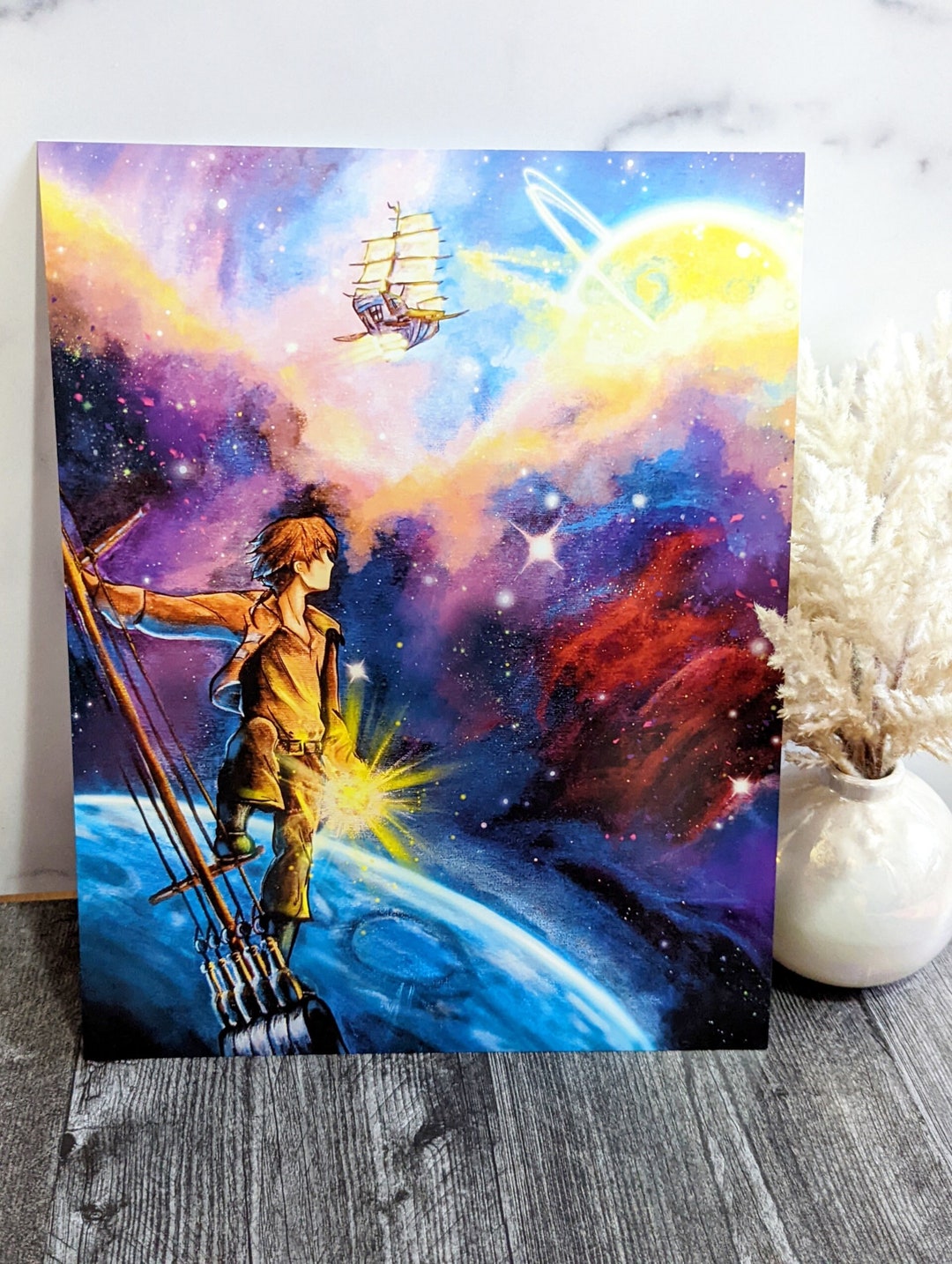Suriname, a small South American country nestled between Guyana and French Guiana, is home to a hidden gem that often goes unnoticed by travelers: its indigenous art. Bursting with vibrant colors and intricate designs, the art of Suriname’s indigenous communities is a testament to their rich cultural heritage and deep connection with the land. From traditional woodcarvings to intricately woven textiles, every piece tells a story and offers a glimpse into the unique worldview of these indigenous peoples. Despite its undeniable beauty and cultural significance, this art form remains largely underrated and underexplored, making it a true treasure waiting to be discovered. So, whether you’re a seasoned art enthusiast or simply curious about the world’s hidden treasures, prepare to be captivated by the indigenous art of Suriname.
History of Indigenous Art in Suriname
Pre-colonial Period
The history of Indigenous art in Suriname dates back thousands of years, long before European colonization. The Indigenous peoples of Suriname, including the Maroons, Arawak, and Carib communities, had a rich artistic tradition that was deeply intertwined with their cultural and spiritual practices. Art served as a means of storytelling, preservation of history, and expression of their deep connection with nature. Pre-colonial Indigenous art in Suriname primarily consisted of cave paintings, rock carvings, and ceremonial objects.
Colonial Influence
With the arrival of European colonizers in the 17th century, the traditional practices of Indigenous art were heavily influenced by the introduction of new materials and techniques. The Dutch colonization of Suriname brought with it a wave of cultural assimilation and suppression of Indigenous traditions. Many Indigenous art forms faced a decline in popularity, as the colonizers imposed their own art forms and religious beliefs upon the Indigenous communities. However, some elements of Indigenous art managed to survive through a fusion with European artistic styles, leading to a unique blend of traditions that can be seen in Surinamese art to this day.
Revival of Indigenous Art
In recent decades, there has been a significant revival of Indigenous art in Suriname. The renewed interest in preserving and promoting Indigenous cultural heritage, coupled with a growing appreciation for the unique artistic expressions of the Indigenous communities, has led to a resurgence of traditional art forms. Indigenous artists and artisans have been reclaiming their cultural identity by reviving ancient techniques and maintaining a strong connection to their ancestral roots. This revival has played a crucial role in rekindling pride and appreciation for Indigenous art among the Surinamese population.
Traditional Techniques and Materials
Ceramics
Ceramics have been an integral part of Indigenous art in Suriname for centuries. Skilled potters utilize clay sourced from the region to create beautiful, handcrafted pottery. The techniques passed down through generations involve molding, shaping, and firing the clay to produce various shapes and designs. The pottery is often adorned with intricate patterns and symbols, reflecting the Indigenous cultures’ close relationship with nature and their spiritual beliefs. The vibrant colors and organic forms of Surinamese Indigenous ceramics continue to captivate art enthusiasts and cultural enthusiasts alike.
Pottery
Woodcarving is another traditional art form that holds great significance in Indigenous communities in Suriname. Skilled artisans use locally sourced wood, such as mahogany and cedar, to create intricate carvings. The carvings depict a wide range of subjects, including animals, mythical creatures, and ancestral figures. Woodcarving techniques differ among different Indigenous groups, with each group having its distinct style and motifs. The intricate and detailed craftsmanship of Surinamese Indigenous woodcarvings is a testament to the skill and dedication of the artisans.
Textiles
The art of textile-making is deeply ingrained in the cultural fabric of Indigenous communities in Suriname. Women play a significant role in creating vibrant and intricate textiles using traditional weaving techniques. They use natural fibers, such as cotton and palm leaves, to create textiles that showcase complex patterns and motifs symbolic of their Indigenous heritage. The textiles often incorporate elements of nature, such as flowers, animals, and geometric shapes. These textiles are not just decorative but also serve as a means of cultural expression and storytelling.
Beadwork
Beadwork has been an important form of artistic expression among the Indigenous communities of Suriname for generations. Artisans skillfully craft intricate designs using a variety of colorful beads made from seeds, shells, and glass. The beadwork often adorns clothing, accessories, and ceremonial objects, adding a touch of cultural identity and uniqueness to the Indigenouss art of Suriname. The designs and patterns in beadwork often carry symbolic meanings, representing spiritual beliefs and cultural traditions.
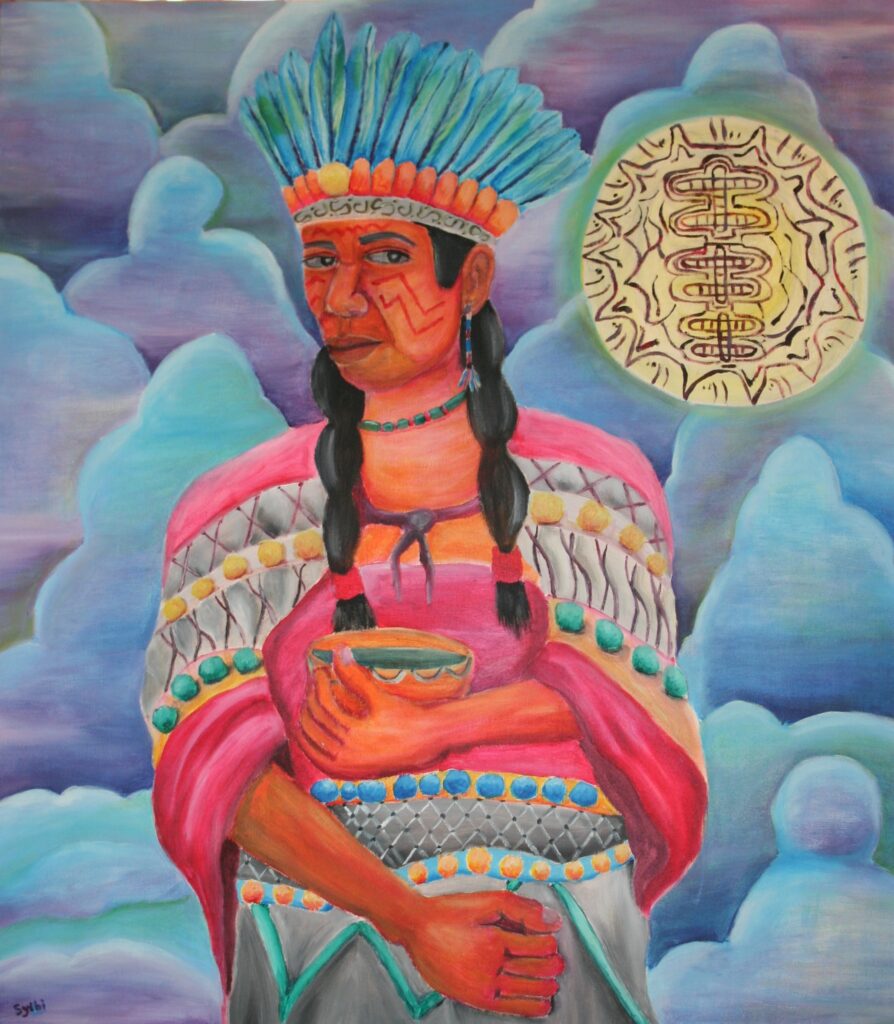
Symbolism and Meaning in Indigenous Art
Depictions of Nature
Nature plays a central role in Indigenous art in Suriname, with many artistic creations depicting the flora, fauna, and landscapes found in the region. The Indigenous communities’ deep spiritual connection with nature is reflected in their artworks, which often exhibit a reverence for the natural world. Animals, plants, and natural elements are not only depicted for their aesthetic qualities but also carry symbolic meanings. The art serves as a visual representation of the Indigenous peoples’ harmonious relationship with their environment.
Spiritual Symbols
Indigenous art in Suriname is infused with spiritual symbolism and imagery, representing the Indigenous peoples’ spiritual beliefs and practices. Sacred symbols, such as spirals, circles, and serpents, are prevalent in their artwork and hold deep spiritual meaning. These symbols often represent concepts such as life, death, rebirth, and the interconnectedness of all living beings. Indigenous artists use their creations to communicate their spiritual worldview and pass on spiritual knowledge to the next generation.
Storytelling and Mythology
Indigenous art in Suriname serves as a medium for conveying stories, myths, and cultural histories. The art forms, ranging from paintings to carvings, often depict important narratives from oral traditions, preserving cultural heritage and ensuring its transmission to future generations. The stories and myths depicted in Indigenous art are not only entertaining but also serve as a means of imparting moral and ethical values, teaching lessons, and strengthening social cohesion within Indigenous communities.
Artistic Styles and Regional Variations
Maroon Communities
The Maroon communities in Suriname, descendants of escaped African slaves, have their unique artistic style and traditions. Maroon art is characterized by its bold and vibrant colors, intricate patterns, and a fusion of African, Indigenous, and European influences. The use of natural materials, such as dyed fibers and feathers, adds a distinctive touch to Maroon art. The art forms prevalent in Maroon communities include pottery, weaving, and woodcarving, showcasing their creativity and cultural resilience.
Arawak and Carib Villages
The Arawak and Carib villages in Suriname have a rich artistic tradition that reflects their Indigenous heritage. Arawak art is known for its geometric patterns and symmetrical designs, often depicting animals, plants, and celestial bodies. Carib art, on the other hand, is characterized by its expressive nature and intricate motifs. Both Arawak and Carib artwork can be found in various forms, such as pottery, basketry, and body painting. Each village has its unique artistic style, influenced by their distinct history and cultural practices.
Indigenous Art in Urban Areas
In recent years, Indigenous art has found its way into urban areas in Suriname, reflecting the dynamic nature of art and culture. Indigenous artists have ventured beyond their traditional communities to showcase their artistic talent and preserve their cultural heritage in urban settings. Art galleries, exhibitions, and cultural events in cities like Paramaribo provide platforms for Indigenous artists to showcase their works to a wider audience. This urban presence of Indigenous art plays a significant role in bridging cultural gaps and promoting intercultural exchange.
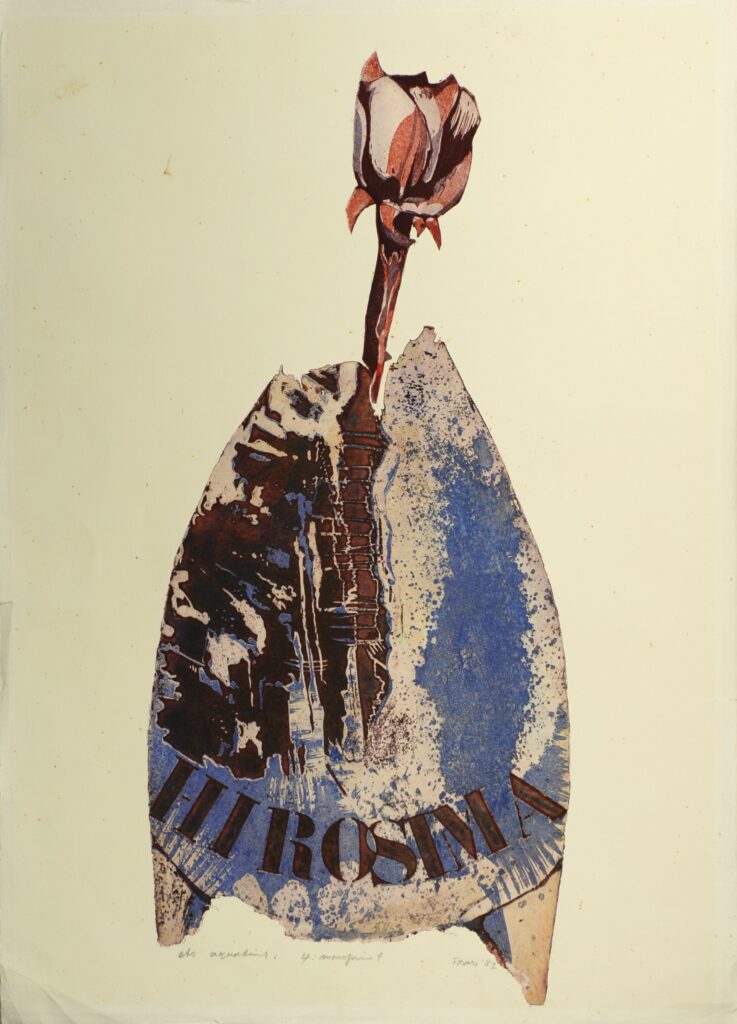
Impact of Indigenous Art on Surinamese Culture
Preservation of Traditional Knowledge
The revival and continued practice of Indigenous art forms in Suriname contribute to the preservation of traditional knowledge and skills that are at risk of being lost. Through the transmission of artistic techniques and craftsmanship, Indigenous communities ensure that their ancestral practices and cultural heritage are not forgotten. The passing down of traditional knowledge from elders to younger generations through art forms is a vital aspect of maintaining cultural continuity and fostering a sense of belonging within Indigenous communities.
Promotion of Cultural Identity
Indigenous art serves as a powerful tool for promoting and celebrating Suriname’s Indigenous cultures and fostering a sense of pride and cultural identity among the Indigenous communities. The vibrant and diverse art forms act as visual representations of their unique traditions, beliefs, and histories. By showcasing their art to wider audiences, the Indigenous communities can reclaim their cultural identity and challenge the historical marginalization they have faced. Indigenous art becomes a medium for self-expression, empowerment, and cultural resilience.
Economic Opportunities
The growth of Indigenous art in Suriname has opened up economic opportunities for Indigenous artists and communities. The sale of Indigenous art and craftsmanship, both within Suriname and internationally, provides a source of income for Indigenous artists, artisans, and their families. The establishment of Indigenous art cooperatives and initiatives has helped create sustainable livelihoods for Indigenous communities, contributing to the socioeconomic development of Indigenous populations and reducing economic disparities.
Challenges and Threats to Indigenous Art
Loss of Traditional Techniques
One of the major challenges facing Indigenous art in Suriname is the risk of losing traditional techniques and knowledge. As younger generations become more influenced by modernization and globalization, the transmission of traditional artistic skills from elders to younger community members may decline. This loss of traditional techniques poses a threat to the authenticity and cultural significance of Indigenous art forms. Efforts must be made to ensure the continuity of traditional knowledge through cultural education and mentorship programs.
Globalization and Commercialization
The increasing influence of globalization and commercialization poses potential threats to the authenticity and integrity of Indigenous art in Suriname. The pressure to cater to tourist markets and meet commercial demands may lead to the dilution or appropriation of Indigenous art forms. The commodification of Indigenous art may overlook the cultural, spiritual, and historical context that gives it its unique value. It is crucial to strike a balance between economic opportunities and the preservation of Indigenous art’s cultural significance.
Lack of Government Support
The lack of adequate government support and funding for Indigenous art initiatives is a significant challenge that needs to be addressed. Without proper support, Indigenous artists and artisans may struggle to sustain their craft and engage in cultural preservation activities. The government needs to recognize the importance of Indigenous art as a significant cultural and economic asset and allocate resources for the promotion, preservation, and development of Indigenous art and cultural heritage.
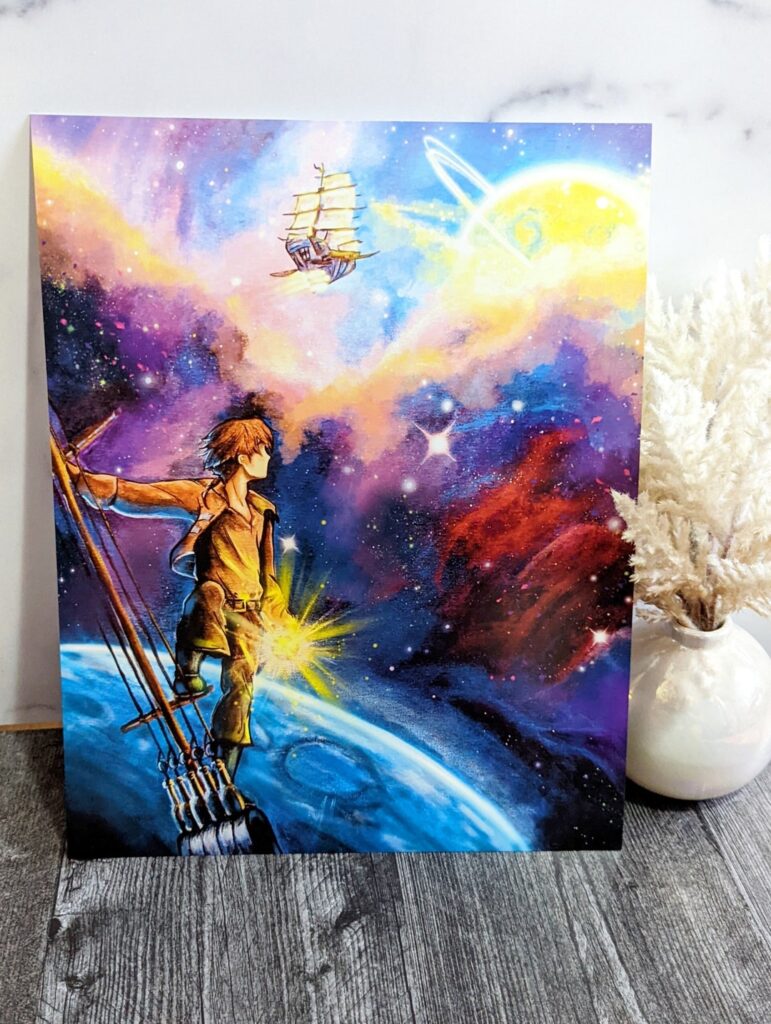
Efforts in Indigenous Art Preservation
Establishment of Indigenous Art Centers
Various Indigenous art centers have been established in Suriname to facilitate the preservation, promotion, and development of Indigenous art forms. These centers provide training and support to Indigenous artists, offering spaces for creative expression and cultural exchange. They serve as hubs for Indigenous cultural activities and provide platforms for showcasing and selling Indigenous artworks. The establishment of art centers has played a crucial role in nurturing artistic talent, providing resources, and building networks for Indigenous artists.
Collaborations with International Organizations
Collaborations between Surinamese Indigenous artists and international organizations have yielded positive results in promoting and preserving Indigenous art. Partnerships with organizations specializing in the preservation of cultural heritage and Indigenous rights have provided opportunities for Indigenous artists to showcase their works on the international stage. These collaborations also offer avenues for capacity building, cultural exchanges, and the sharing of best practices in Indigenous art preservation.
Education and Awareness Programs
Education and awareness programs focused on Indigenous art and cultural heritage are crucial in fostering appreciation and understanding among the Surinamese population. By incorporating Indigenous art into school curricula and community programs, young people and the wider society can learn about the rich artistic heritage of Suriname’s Indigenous communities. Such programs help create a sense of respect, cultural sensitivity, and support for Indigenous art, ensuring its continued relevance and significance in Surinamese society.
Indigenous Art as a Tourist Attraction
Indigenous Art Markets and Festivals
Indigenous art markets and festivals have become popular tourist attractions in Suriname. These events bring together Indigenous artists, artisans, and cultural groups to showcase their artistic talents and cultural heritage. Visitors have the opportunity to purchase unique and authentic Indigenous artworks, interact with Indigenous artists, and immerse themselves in the vibrant cultural atmosphere. Indigenous art markets and festivals contribute to the local economy, promote intercultural understanding, and provide an authentic cultural experience for tourists.
Artistic Workshops and Experiences
Artistic workshops and experiences are increasingly being offered to tourists, allowing them to actively engage in the creation of Indigenous art. These workshops provide hands-on learning opportunities, enabling participants to learn traditional techniques from Indigenous artists themselves. Tourists can create their art pieces, such as pottery, beadwork, and textiles, under the guidance of skilled Indigenous artisans. This immersive experience offers a deeper understanding of Indigenous art forms and fosters cross-cultural connections.
Community-Based Tourism
Community-based tourism initiatives have emerged as a sustainable approach to promoting Indigenous art and culture while providing economic benefits to Indigenous communities. These initiatives involve tourists staying with Indigenous families or in community-owned lodges, participating in cultural activities, and experiencing daily life in the Indigenous communities. Indigenous art and craftsmanship play a central role in these tourism experiences, allowing visitors to appreciate the artistic traditions while directly supporting the livelihoods of Indigenous communities.
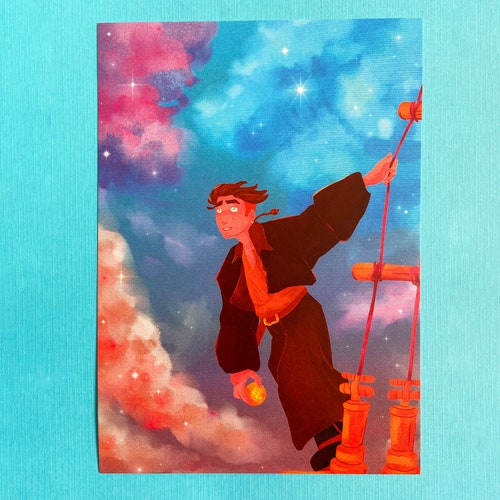
Role of Indigenous Art in Sustainable Development
Environmental Conservation
Indigenous art in Suriname often carries strong messages of environmental conservation and sustainability. The Indigenous communities’ close connection with nature is reflected in their artistic expressions, highlighting the importance of preserving the natural resources and biodiversity of Suriname. Through their artwork, Indigenous artists promote ecological awareness and advocate for sustainable practices, contributing to the broader goal of environmental conservation in Suriname and beyond.
Empowerment of Indigenous Communities
Indigenous art plays a significant role in empowering Indigenous communities economically, socially, and culturally. By preserving and promoting their artistic heritage, Indigenous communities gain a sense of pride, cultural self-determination, and enhanced self-esteem. The economic opportunities generated through the sale of Indigenous art contribute to poverty alleviation, improved living conditions, and reduced economic inequalities within Indigenous communities. Indigenous art thus becomes a tool for empowering Indigenous people and fostering community development.
Cultural Tourism
Indigenous art is a key component of cultural tourism in Suriname. The unique artistic traditions of the Indigenous peoples attract tourists seeking authentic cultural experiences and a deeper understanding of Suriname’s diverse heritage. Cultural tourism, when conducted in a responsible and respectful manner, provides economic benefits to Indigenous communities while promoting the preservation and appreciation of Indigenous art. Indigenous artists, artisans, and cultural practitioners become ambassadors of their cultures, sharing their stories and traditions with visitors from around the world.
Future Prospects for Indigenous Art in Suriname
Preserving Traditional Practices
The future of Indigenous art in Suriname lies in the preservation of traditional practices and the passing down of cultural knowledge to future generations. By investing in culturally appropriate education, mentorship programs, and intergenerational exchanges, Indigenous communities can ensure the continuity of their artistic traditions. It is vital to involve younger community members in the learning and practice of Indigenous art, encouraging their creativity and fostering a sense of cultural pride and responsibility.
Integration with Contemporary Art
The integration of Indigenous art with contemporary artistic expressions opens up exciting possibilities for innovation and cross-cultural collaboration. Indigenous artists in Suriname are increasingly exploring new mediums, techniques, and themes, blending traditional practices with contemporary influences. This fusion of artistic styles expands the boundaries of Indigenous art, making it relevant to a broader audience and facilitating intercultural dialogue and understanding.
International Recognition
The future of Indigenous art in Suriname also relies on increased international recognition and appreciation. Through collaborations with international galleries, museums, and cultural institutions, Surinamese Indigenous artists have the opportunity to showcase their artworks on a global platform. International recognition not only provides exposure for the artists but also helps preserve the cultural heritage, traditions, and stories behind their art. It is essential to continue advocating for the recognition and respect of Indigenous art as an integral part of Suriname’s cultural and artistic landscape.

